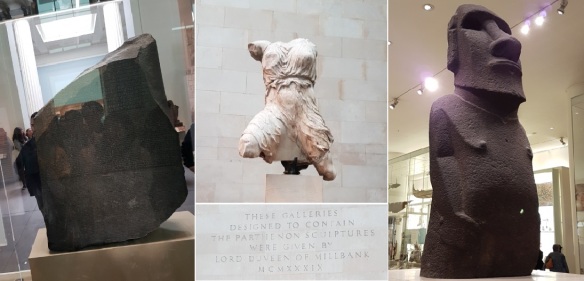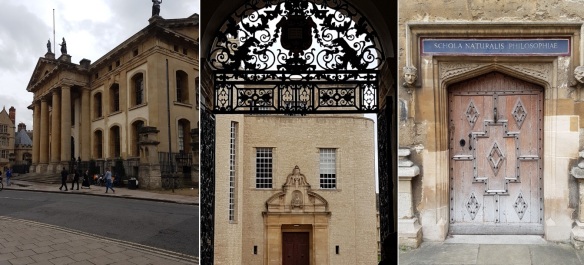Gidday peeps!
Sorry I’ve been lax on the posting front of late. It’s been a bit busy since I got back from stopping in Muscat seven weeks ago and while I managed to have a little rant about burgers in my last post, finding the time and head space to craft something more has proved a challenge. But I wanted to let you what’s been happening here at Chez Gidday.
First things first – I finished my fourth MOOC, this time on Democracy and Development in Africa, on 14th November and achieved 94%.
Hurrah!
This was quite a hard going course in terms of workload. In each of the seven weeks we were asked to complete several pieces of work – a mix of video lectures and interviews, reading, questions, discussions and essays – which was then capped off by a 3-part exam in the last week. Let me tell you there were many times when I cursed myself for signing up in the first place and then for not being able to walk away and let it go.
But in catching up with a close friend a couple of weeks ago, he complimented me on my commitment and acknowledged my self-discipline as a real strength. Interestingly, one of my reasons for doing these MOOCs was to ensure that my self-discipline ‘muscles’ stayed active. So I’m glad I stuck with it and am proud to say I have the certificate of achievement – as well as a whole lot of new ideas and opinions – to show for it.
My school governor role has really taken off as well. I’ve been attending the monthly marketing meetings as well as making my first visits with each of the dance and the drama curriculum leads at the school. I’ve also spent a day and evening completing my new governor induction training as well as the mandatory safeguarding training. So I’m now in the thick of it and really enjoying it.
Speaking of getting into the thick of it, I took part in an intensive 3-day Property Investment seminar at the beginning of November and also attended the Rethink Mental Illness Members Day the following weekend. Both are areas I’m very interested in exploring over the coming months. Needless to say I don’t think there’ll be any more MOOCs for a while.
Then amongst all of this was my usual smattering of out-and-about-ness.
On the culture front, I had my first ever visit to the Affordable Art Fair…
…and spent another afternoon at the V&A immersed in their latest exhibition Opera: Power, Passion & Politics.
Both are areas I know little about so I really enjoyed having my eyes and my ears opened and my cultural horizons challenged.
The last seven weeks has also produced a couple of excellent theatrical highlights with the Donmar Warehouse’s production of The Lady from the Sea (by one of my favourite playwrights Henrik Ibsen) and INK (the story of Rupert Murdoch’s purchase and transformation of The Sun newspaper in the UK). And as regular Giddayers know, I love dance so it was with great delight that I went to see BalletBoyz’s Fourteen Days (and was especially moved by the intimacy of Christopher Wheeldon’s piece, Us). Then last weekend I was completely mesmerised by the provocative musical Cabaret that is touring regional theatres in the UK at the moment (and stars singer Will Young as the irrepressible emcee).
Literary-themed events got a look-in too with a walking tour of Fleet Street – called Publish and Be Damned! – on a rather chilly Saturday.
There was also the chance to listen to readings from the Man Booker Shortlist authors the evening prior to the announcement of the prize winner, the British Library’s annual Equality Lecture by Professor Mary Evans and Gresham College’s free lecture on the wonderful Jane Austen, the last a welcome follow up to the Jane Austen exhibition I visited in Oxford earlier this year. I also went to some fascinating talks about The Future of Work, Artificial Intelligence, The Fight Against Alzheimers and The Future of our Digital Selves.
But amongst all of this, there was one lowlight.
As a long-time Agatha Christie fan, I had been looking forward to seeing Kenneth Branagh‘s remake of Murder on the Orient Express. But it had a different storyline and while the cinematography was gorgeous, the whole film was a bit ponderous and suffered from style-over-substance syndrome. As far as I am concerned, no-one writes Christie better than Christie so in tinkering with her work, Branagh’s effort left me feeling a bit flat.
And then last week I squeezed a 5-day rendezvous in Paris into proceedings (more on that later)…
…so maybe the word smattering was a bit of an understatement.
Not to mentioned that December 1st is only two sleeps away – when I get to open the first window of Mum’s annual advent calendar and put up the Chez Gidday Christmas tree…
*excited squealing*
So stay tuned. There’ll be more Gidday adventures coming to the blogosphere soon!




















































































